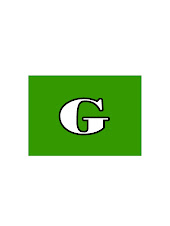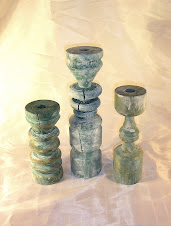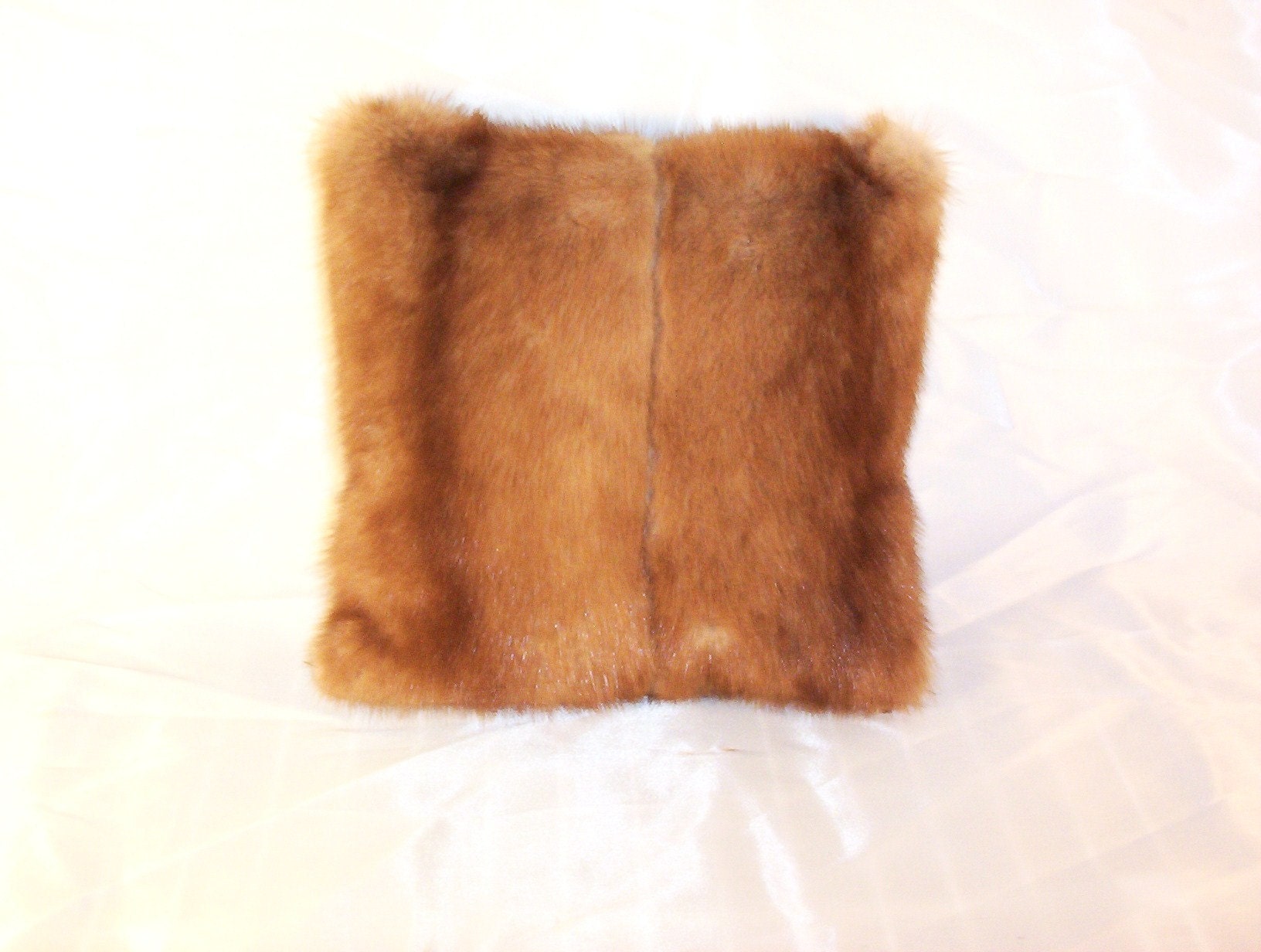Tuesday, March 16, 2010
How To Refinish A Table-Part 2-Stripping The Finish
Here you see the spot on the tabletop where the grandaughter spilled the nail polish. This is the problem I was hired to solve.
The first thing I do is apply a coat of paint remover with an old natural bristle brush. I am not wearing gloves here, but you will probably want to. This particular brand of remover is easier on my hands than most and I am pretty used to it.
I like to use a "semi-paste" paint remover. It is fairly thick and it stays wet longer than the regular liquid kind. After I apply it with a brush, I let it sit for 10 or 15 minutes, then I scrape it off with my paint scraper. Be careful not to gouge the surface of the wood with your scaper. The parquet surface of this table is a thin veneer and you do not want to damage it. You may want to do a second coat of paint remover. That's fine, but especially with veneers, less is better. You don't want to cause delamination of the glue and end up with lifting veneer.
After the remover has been scraped up, I take a natural bristle scrup brush, some dish or laundry soap, a bucket, and some cold water and quickly scrub the whole thing down. Note that I said quickly. You don't want to water log the wood. You just want to quickly scrub off the leftover residue from the paint remover, rinse it well with more clean cold water, then wipe off the excess water. Some people are apalled by this step including some old time woodworkers, who argue that you risk raisng the wood grain, warping, veneer issues, etc. But this is the way I have done it for over 3 decades, and the process works. Just remember that all you are doing is scrubbing off the paint remover residue and rinsing it off fairly quickly. This scrubbing step probably only took me a total of about 5 mintes to do the entire table top.
And here is the result. Nice, clean, and ready for sanding.
Here is the before and after. What little bit of soapy film you see will easily be taken care of in the sanding step. There are some challenges to face in sanding a parquet veneer top, so that will be in Part 3.
Until next time,
Rory
Subscribe to:
Post Comments (Atom)

















.jpg)





















2 comments:
What a fabulous tutorial! And perfect timing, I just picked up another table from Goodwill and I haven't actually stripped a piece in years. I was a little hesitant, but after your expert advice, I am feeling good! I will be eagerly awaiting the sanding tutorial.
Chelsea
Hi Chelsea, Thank you so much for visiting my little blog site. I love helping people like yourself with their upcoming projects. Please feel free to comment and questions. I am happy to answer them. I should be posting the sanding portion of the tutorial in the next day or so. I think it will be a good one. Thank you again. Rory
Post a Comment